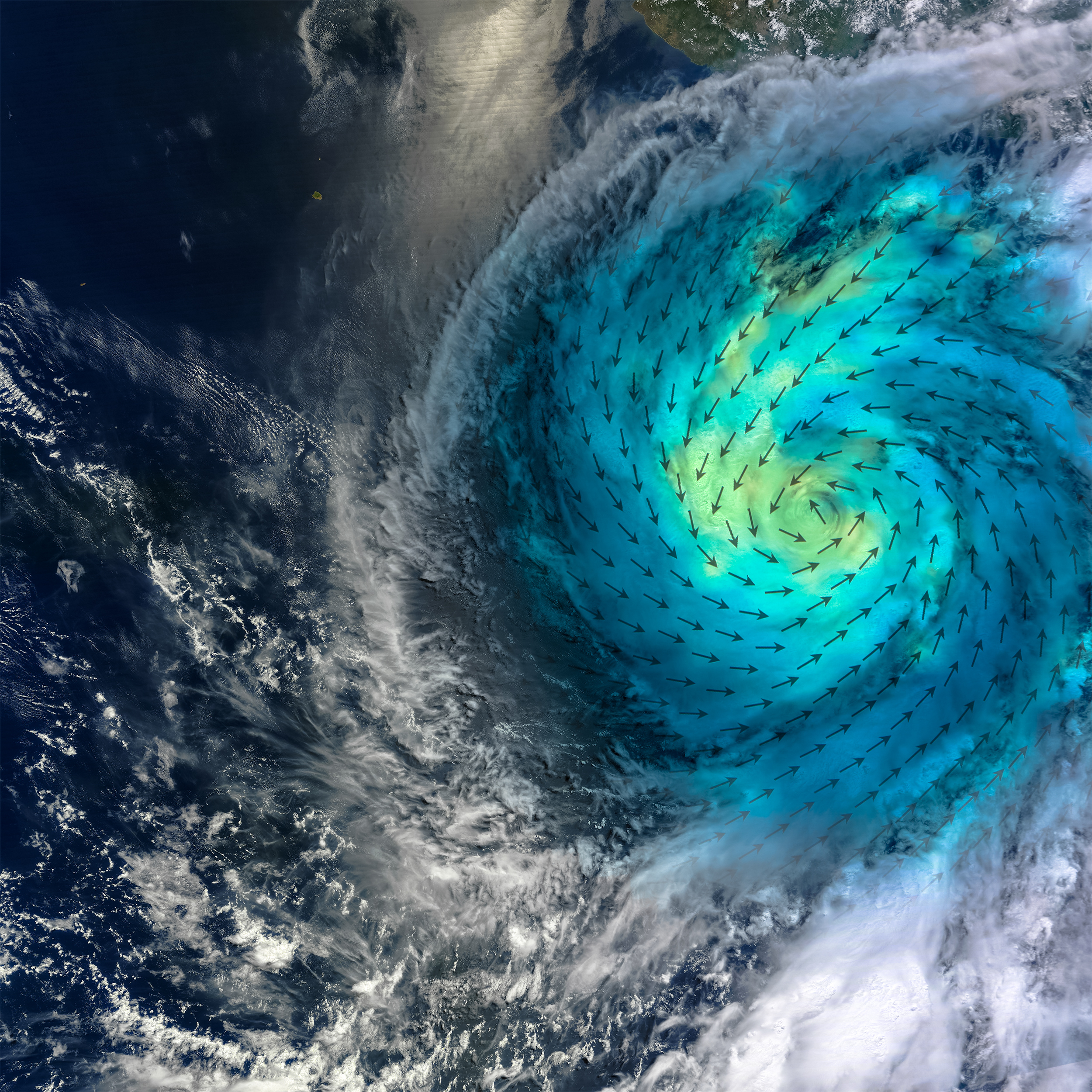[ad_1]
When it rains in the morning and you plan to leave home to do your shopping in the afternoon, you may want to think about bringing an umbrella. You take it because you have noticed that it is raining and there is a good chance that it will rain later too. You’ve gathered information about your surroundings and come to a conclusion that reasonably predicts your afternoon: it’s probably going to rain. When scientists create climate models, they do so – with increased complexity.
Of course, celiminate and weather are different notions. While humans see and adapt to changes in weather on a daily basis, the term climate describes typical weather conditions over a long period (30 years or more). So, although climate modeling has similarities to weather forecasting, different strategies are involved.
What are climate models?
Climate models are mathematical representations of the future climate. They predict changes in the environment in the next decades. There are many types of climate models, and they vary in complexity.
The simplest models only measure the energy balance of the planet. In contrast, the more complex ones, such as a global climate model (GCM), include more variables. GCMs measure the physical climate system: the atmosphere, the oceans and the earth’s surface. An Earth System Model (ESM) is even more complicated, measuring the carbon cycle, changes in soils, vegetation and human infrastructure. ESMs also measure how environmental policy decisions could influence global warming.
How they work
The models separate the surface of the Earth into one 3d grid of cells, covering several regions of the world. They use equations that describe the physical, biological and chemical information of the planet as we know it and predict how the climate will change in the future with such data.
For example, one of these equations that is particularly popular is the first law of thermodynamics, which describes how energy flows in a closed system, like the one we have on Earth. The combination of all these parameters involves supercomputers and coding: some models are written in Fortran, a programming language, while others are Python based. You can even run some models yourself laptop, but to get more powerful predictions of climate variation, supercomputers are best suited. That of the Met Office in the United Kingdom, the Cray XC40 high-performance computing system, performs over 14 trillion arithmetic operations per second. It has 24 petabytes of storage for data backup, enough to store over 100 years of HD movies. These powerful devices are needed to predict more accurate and precise scenarios.
After assembling a climate model, scientists test it before making meaningful predictions. To do this, they use data from the present and the past in a process called retro-casting. Scientists run the model of the present in the past, then compare how the model cataloged what happened in terms of climate with the recorded observations. This is a strategy that demonstrates whether the implemented climate model accurately predicts variations in climate.
The origin of climate models
The history of the first climate model goes hand in hand with the history of weather forecasting and supercomputers. In 1922, Lewis Fry Richardson proposed a new way of forecasting the weather. In his book, Weather forecasting by digital process, the British physicist described how to predict the weather with differential equations and considering the atmosphere as a network of grid cells.
Richardson’s ideas were echoed later in the 1940s when scientists at the University of Pennsylvania created the Electronic Numerical Integrator and Computer (ENIAC), the most sophisticated computing device built to date. This device performed the first computerized weather forecast. While progress was underway, the forecast for the climate was still a long way off.
In the late 1960s, researchers developed the first climate model who combined oceanic and atmospheric processes at the National Oceanic and Atmospheric Administration in the United States. With this model, scientists could understand how the ocean and atmosphere might influence climate while predicting how variation in these natural factors might lead to climate change.
Should we trust them?
Climate models are probabilistic and provide forecasts for the future. While much effort is made to ensure that forecasts are as accurate as possible, information about the climate in 200 years is still experimental rather than definitive. No one knows for sure what the future will look like. So, how much confidence can we place in these predictive tools?
Jouni Räisänen, climatologist and lecturer at the Institute for Atmosphere and Earth System Research in Helsinki, provides some answers. “No [climate] model is always perfect, but that doesn’t mean it wouldn’t be useful, â€he says. “[Climate models] tell us quite a bit of what’s likely to happen in the future, but you should always be critical. “
Räisänen mentioned that it is essential for researchers to understand which models work well and what they do wrong, and adjust them accordingly. Regarding global warming, however, Räisänen reinforces that there are more certainties than doubts, with Literature to support it. “All the models tell us that it will heat up when we have more greenhouse gases in the atmosphere. In fact, we don’t even need more 3D climate models to tell us that. simpler models. “
Thus, if climate models are probabilistic, the information they provide could help mitigate the consequences of global warming. In this case, taking precautions always seems to be the most reasonable choice in the face of climate change. After all, it might not even rain in the afternoon, but you will probably feel grateful if you bring your umbrella with you.
[ad_2]




